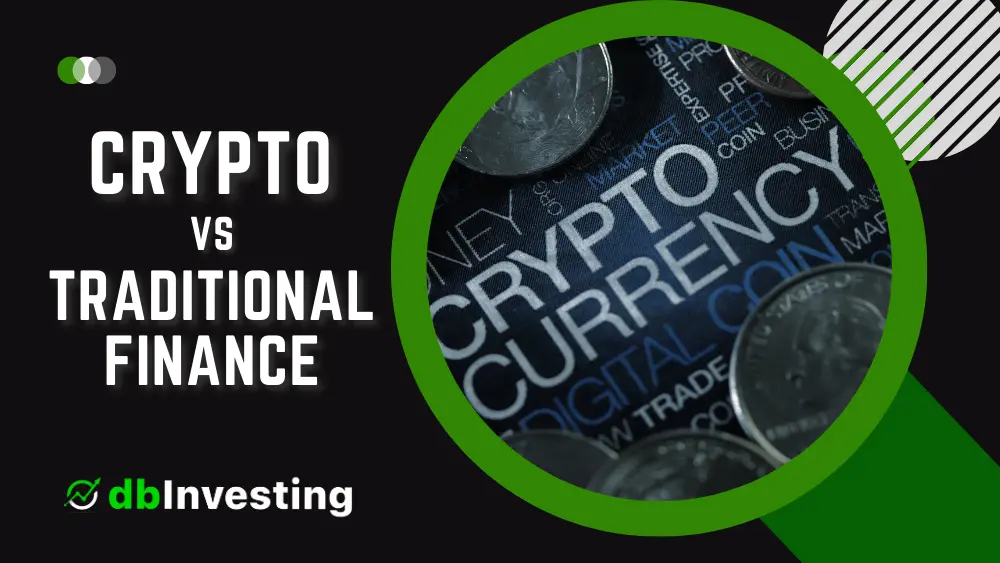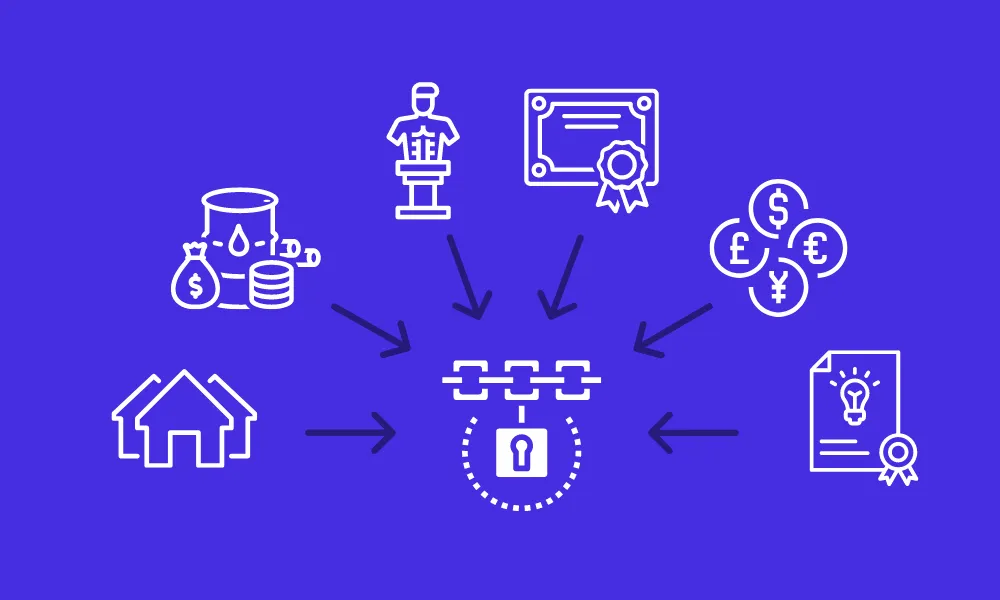The Environmental Cost of Blockchain: Navigating the Path to Sustainability
Decentralized finance is the future — but blockchain tech could lead to environmental disaster, shaking industry leaders and eevironmentalists. New studies highlight the immense energy consumption of cryptocurrency networks, rushing jitters about sustainable solutions.
The Energy Equation
Imaginably, Bitcoin consumes higher levels of electricity every year than the country of Argentina. This high energy demand is largely attributed to the Proof of Work (PoW) consensus mechanism, used by large data mining machines that must solve complex mathematical problems for transaction verification. Mining farms operate 24/7 to secure the network and process transactions, which requires a huge energy input.
The environmental toll extends beyond pure energy consumption. Specialized hardware used in mining generates huge amounts of e-waste as it gets old (it will last a year-and-a-half to two at best). That's 30,700 tons of e-waste a year according to the United Nations.
Renewable Solutions Taking Shape
Industry pioneers have begun shifting toward greener alternatives. Ethereum's transition to Proof of Stake (PoS) in 2022 reduced its energy consumption by 99.95%. This watershed moment demonstrated that blockchain networks can maintain security while dramatically decreasing their carbon footprint.
Mining companies increasingly tap into renewable energy sources. Hydroelectric power in Quebec and geothermal energy in Iceland now fuel significant mining operations. The Bitcoin Mining Council reports that 58.5% of global mining operations use sustainable energy sources.
Environmental Benefits of Blockchain
Despite its energy challenges, blockchain technology offers powerful tools for environmental protection:
Supply chain transparency enables tracking of sustainable materials
Carbon credit markets benefit from improved verification systems
Smart contracts automate and enforce environmental agreements
Renewable energy grids use blockchain for efficient power distribution
The Road Ahead
The blockchain industry faces a critical junction. Environmental concerns have prompted regulators worldwide to scrutinize mining operations. China's mining ban in 2021 redistributed hash power globally, creating opportunities for greener mining practices.
Industry leaders must embrace:
Energy-efficient consensus mechanisms
Renewable power sources
Hardware recycling programs
Carbon offset initiatives
Frequently Asked Questions
Q: How much energy does a single Bitcoin transaction use?
One Bitcoin transaction requires on average 2,258 kWh of electricity (the mean consumption rate per U.S. household is about a quarter of this value), which means that one such transaction can provide power to an American family for over three months.
Q: What makes Proof of Stake more environmentally friendly?
PoS gets rid of the energy hungry mining and instead picks validators through blockchain democracy — not based on a computational power to PoW or resources ownership weight.
Q: Do all cryptocurrencies have a large carbon footprint?
A much larger number of the newer, more energy efficient consensus mechanisms that support many cryptocurrencies developed since bitcoin are significantly lower in their power/energy requirements than traditional PoW systems.
Expert Recommendations
Environmental scientists and blockchain developers recommend:
Prioritizing investment in green mining infrastructure
Supporting cryptocurrencies that use energy-efficient protocols
Implementing industry-wide sustainability standards
Developing improved hardware recycling programs
Final Words:
While the environmental impact of blockchain industry persists as a top concern for governments and businesses around the world, advancements in technology combined with leadership from prominent sectors support an optimistic future. A rising adoption of renewable energy and the emergence of scalable blockchain protocols have come together such that it may finally be possible to realize this revolutionary promise in a way that ensures these scarce resources on our planet are protected for future generations.









